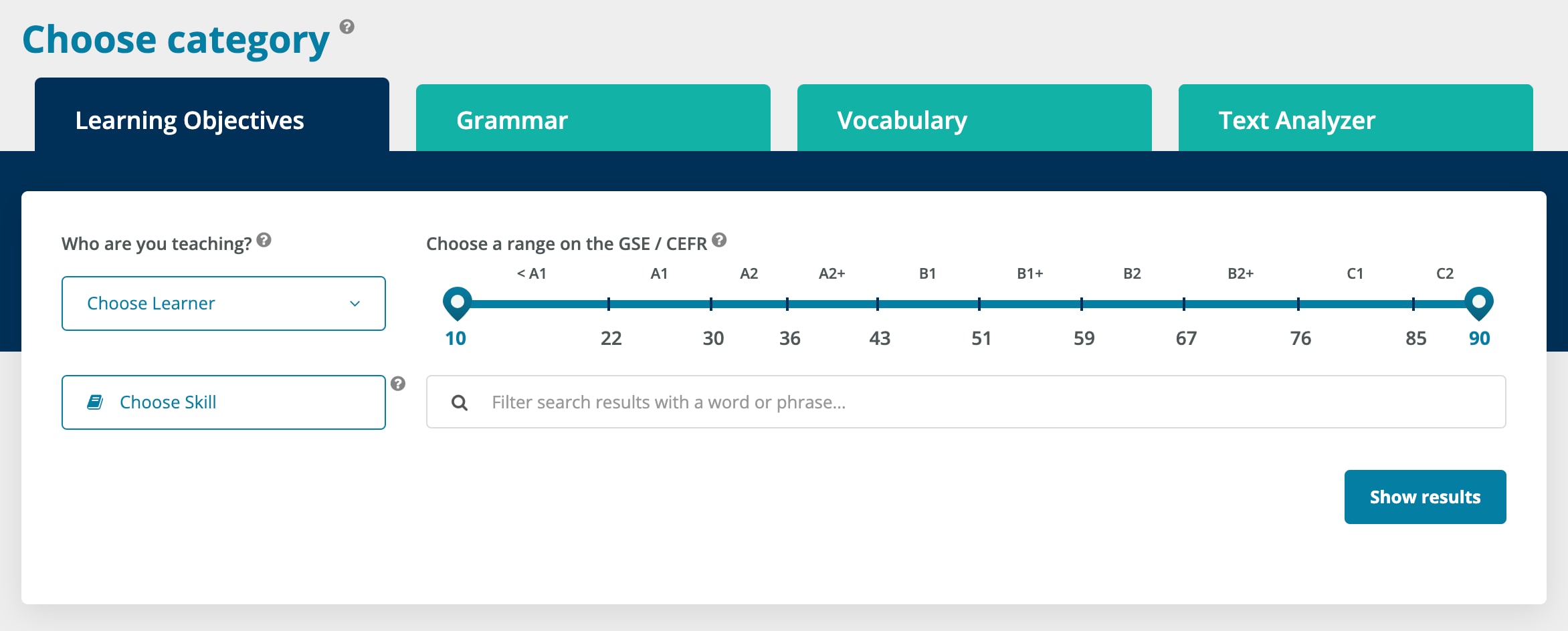
Why don’t my students speak English in class?
Last year, I contributed to a national research project with an article titled “My Students Don’t Speak English in Class: Why?”. The title originated from a concern expressed by a language teacher involved in the project, highlighting a common challenge faced by numerous language teachers. The difficulty of developing learners’ production and interaction skills is a well-known issue in language education.
Large and increasingly diverse classes, limited time, and learners’ reluctance to speak in class are significant hurdles. During pair and group work, students often revert to their first language (L1), they lack confidence in speaking activities and end up avoiding all interaction in English. These observations are consistent with recent Global Scale of English (GSE) research findings, which indicate that 52% of English learners leave formal education without confidence in their speaking skills.
Factors contributing to learners’ reluctance
Several factors contribute to students’ reluctance to speak English in class. Psychological barriers such as lack of motivation, shyness, low self-confidence, fear of making mistakes, anxiety and concerns about negative evaluation play a crucial role. Linguistic challenges, including limited vocabulary, poor pronunciation, and insufficient grammatical skills, further exacerbate the problem.
Task-related issues can also hinder speaking, especially when tasks are not well-matched to the learner’s proficiency level or focus more on accuracy than communication. Additionally, the classroom environment may not always be conducive to speaking, particularly for learners who need more time to formulate their thoughts before speaking.
Positive teacher impact
Fortunately, teachers can positively influence these intertwined factors. By creating a supportive classroom atmosphere and implementing well-designed tasks that prioritize communication over perfection, teachers can encourage reluctant students to participate more actively in speaking activities.
Leveraging technology: Mondly by Pearson
One effective tool that can help address these challenges is Mondly by Pearson. This learning companion is especially beneficial for learners who are hesitant to speak in class. Mondly by Pearson offers over 500 minutes of speaking practice, encouraging learners to use English in real-life situations and tasks that prioritize action and communication over accuracy. This approach allows for mistakes - they are part of the game - thus fostering a positive mindset, which is essential if we want to enhance our learners’ speaking skills.
AI-powered conversations
A standout feature of Mondly by Pearson is its AI-powered conversation capability, thanks to advanced speech recognition software. Learners can engage in interactive role plays and conversations on topics of their choice, at their own pace, both in class and outside school. This flexibility helps build self-confidence and allows students to experiment with various production and interaction strategies. The instant feedback provided by Luna, the incorporated AI friend, is highly motivating and can significantly enhance the learning experience.
Comprehensive skill development
Mondly by Pearson is designed not only for speaking but also to develop all four language skills—listening, reading, writing and speaking—and is aligned with the Global Scale of English. The vocabulary for each topic is selected from the GSE vocabulary database, ensuring that learners are exposed to level-appropriate words and phrases.
Integration into classroom teaching
To facilitate the integration of Mondly by Pearson into classroom teaching, three GSE mapping booklets have recently been published. These booklets cater to different proficiency levels:
- Beginner (GSE range: 10-42 / CEFR level: A1-A2+)
- Intermediate (GSE range: 43-58 / CEFR level: B1-B1+)
- Advanced (GSE range: 59-75 / CEFR level: B2-B2+)
These resources provide practical guidance on how to incorporate Mondly by Pearson into lesson plans effectively, ensuring that the tool complements classroom activities and enhances overall language learning.
Conclusion
Encouraging students to speak English in class is a multifaceted challenge, but it is not insurmountable. By understanding the various factors that contribute to learners’ reluctance and leveraging innovative tools like Mondly by Pearson, teachers can create a more engaging and supportive learning environment. This approach not only boosts students’ confidence in their speaking abilities but also fosters a more inclusive and interactive classroom atmosphere.
Embracing technology and aligning teaching practices with modern educational standards, such as the Global Scale of English, can lead to significant improvements in language proficiency and student engagement.




